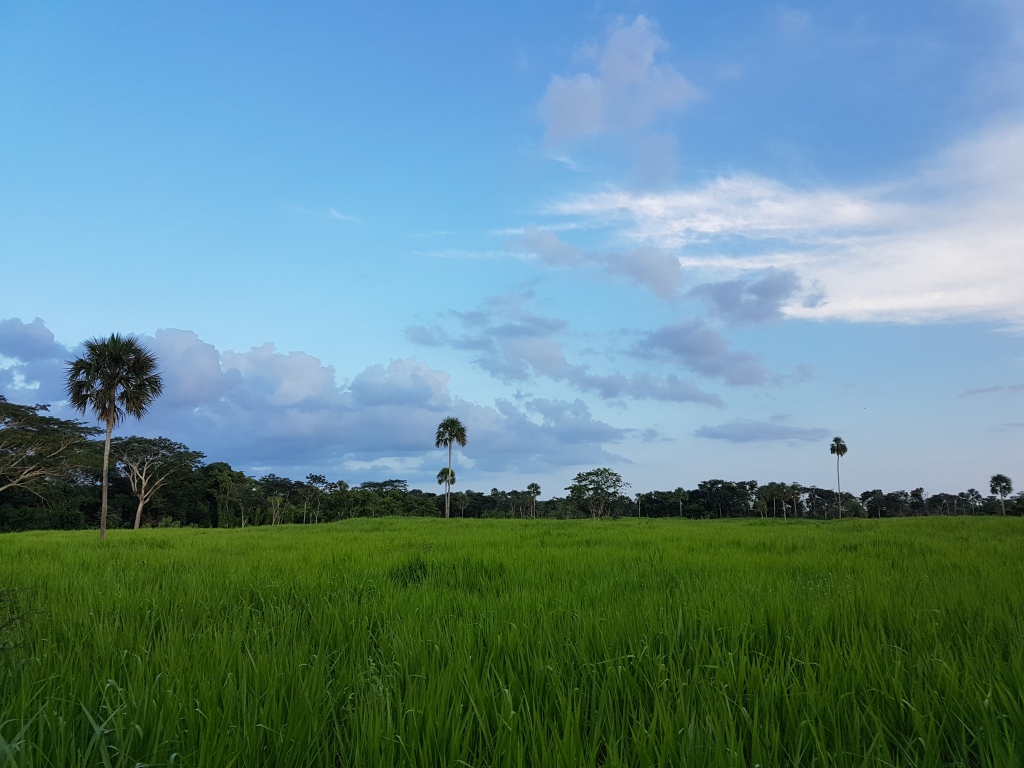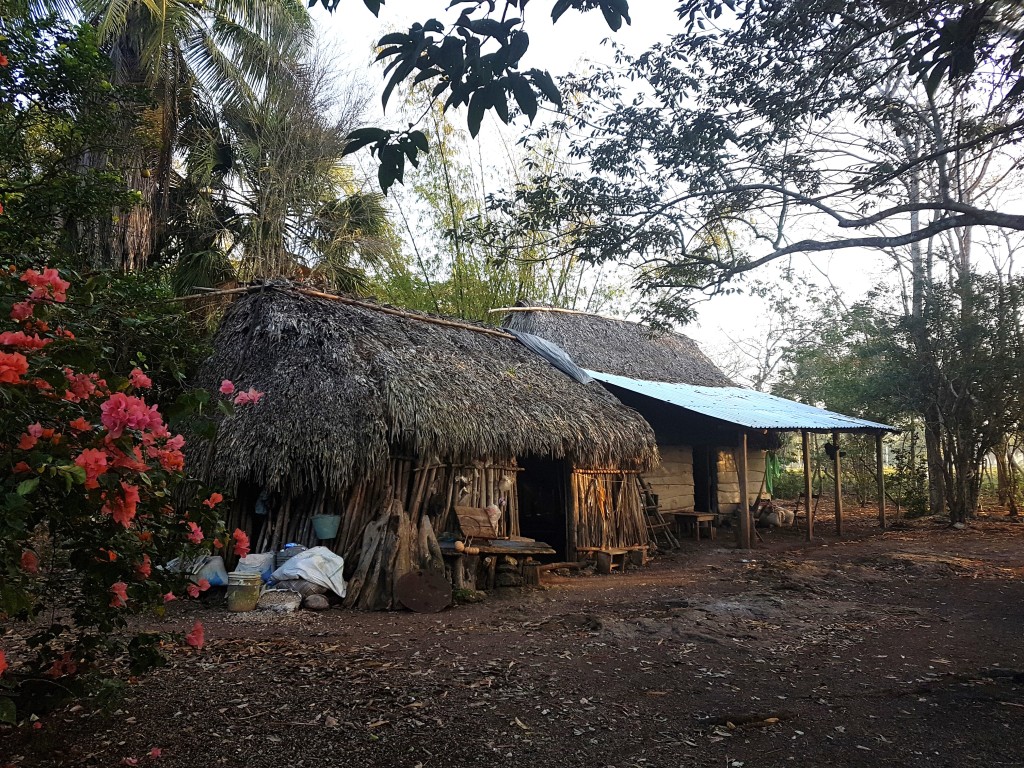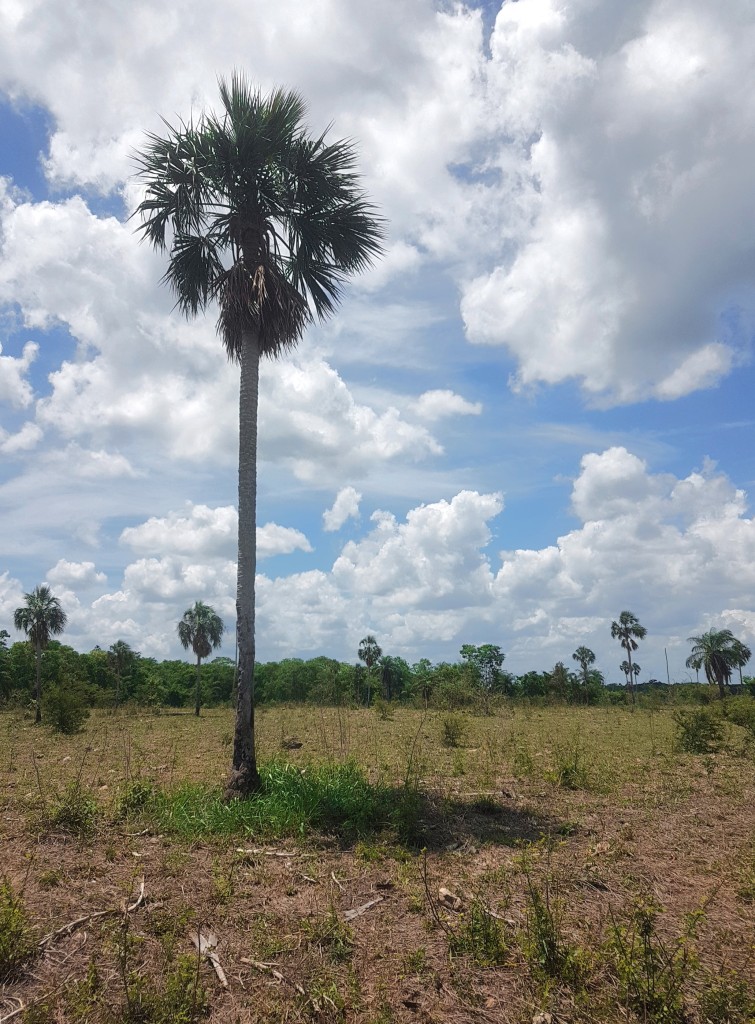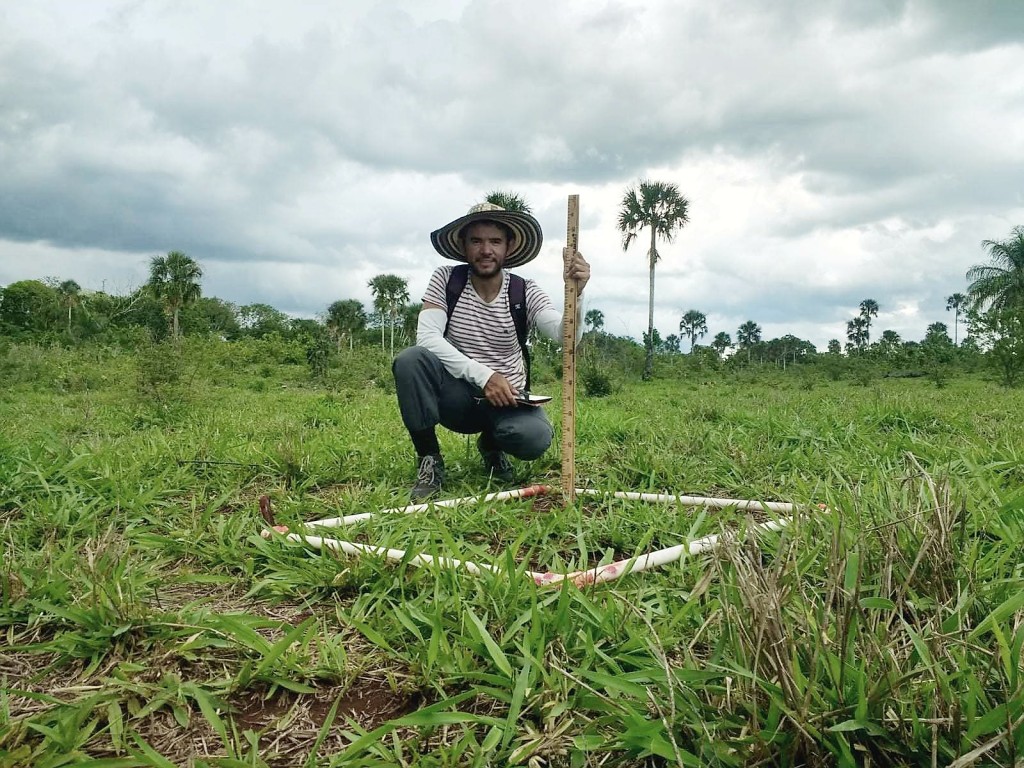|
Getting your Trinity Audio player ready...
|
Shortlisted for the 2023 Southwood Prize
Iván Raniero Hernández-Salmerón talks us through research, conducted alongside colleagues, which shows that fostering a diversity of native palms and trees has positive effects on the functioning of cattle pastures, especially during dry periods. A larger understanding of the facilitative effects of remnant palms and trees on pastures during seasonal droughts may also help to develop more climate-resilient livestock systems.
Re-imagining pastures: Where are the trees?
Depending on our context, we may have different images in our mind of what a pastureland looks like. However, I dare to say that most people probably picture a large area of land where animals feed on the grass, and just that: land, grass and animals. But, what about the trees? Shall we immediately take them out of the landscape when we talk about pasturelands?

The debate ‘whether to tree or not to tree’ has been around since ancient times. Although loss of trees is often lamented, there is also deep cultural affection for open landscapes. While in traditional farming, trees are frequently cut down, many small farmers in tropical and subtropical regions usually retain some scattered trees within their grazing pastures. They actively select certain trees for aesthetic reasons but, in many cases, farmers also recognize their economic and ecological value.

In this paper we aimed to understand which trees and palms are retained in dry cattle pastures in the neotropics and how these trees and palms affect pasture productivity, as well as shrubs and tree recruitment during and after periods of drought.
The findings

We found that scattered trees and palms in pasturelands provide important conservation opportunities on their own – as nearly half of the tree species of the native dry forest is conserved in the pastures. In addition, we observed that scattered trees and palms also facilitated the recruitment of tree seedling and shrubs under their canopies. Our detailed monitoring of the effects of palms and trees on the functioning of dry cattle pastures also showed that they facilitate grasses during drought.
In this paper we suggest that fostering the maintenance of a diversity of native trees and palms has positive effects on the functioning of cattle pastures especially during dry periods. These positive effects of trees and palms on pastures may become increasingly important to maintain cattle pastures and their provisioning services as climate warming progresses. A larger appreciation and better understanding of the facilitative effects of remnant palms and trees on pastures may help develop more sustainable livestock management systems that maintain productivity while also contributing to biodiversity conservation.
Transforming current visions of cattle pastures from treeless landscapes to systems with larger native tree cover will take time. However, this study provides clear evidence that this transformation can build resilience of agricultural landscapes in the dry tropics to the challenges of the future.

About the author

It was my fascination with nature which drew me to get involved in ecology. As an ecologist I have been able to combine some of my hobbies (outdoors activities, visiting pristine places, nursing plants, hiking, etc.) with my professional career. I strongly believe that nature is not a place to visit, it is home, and as such, we must all get involved and contribute to having a better home.
My main interest is in the ecology of plants, plant-animal interactions and the studies of socioecological systems. Currently, I am a postdoctoral researcher at the Center of Research in Environmental Geography (CIGA) at Universidad Nacional Autónoma de México (UNAM) where I am analyzing how maps of wood extraction probability relate with changes in aboveground biomass density of forests in México.
As a young ecologist researcher, I would like to draw the attention of my colleagues to recognize more often traditional knowledge and involve local or indigenous people. This project would have been more challenging without the support of local farmers, to whom we are profoundly grateful for their insights and for facilitating the work in their farms.
This research article, published in Journal of Applied Ecology, is the third chapter of my PhD dissertation under the supervision of Dr. Milena Holmgren. I would like to acknowledge all my coauthors who made this research project possible with their vitally important effort and contributions.
With the findings of our research, I intend to reach not only scientists but also farmers, technicians and stakeholders who directly make decisions about farm management. Our study brings us one step closer to developing more climate resilient livestock systems that maintain productivity and contribute to conserve biodiversity as global warming progresses.
Read the full article “Native palms and trees mediate drought impacts on dry neotropical pastures“ in Journal of Applied Ecology.
Find the other early career researchers and their articles that have been shortlisted for the 2023 Southwood Prize here!
